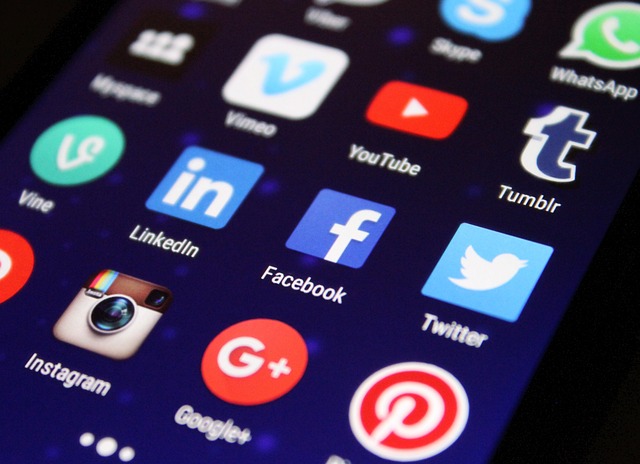
The Power of Science and Technology in Fostering Workplace Culture: Innovative Team-Building Activities
In the modern workspace, the fusion of science and technology has not only enhanced productivity but has also redefined the essence of teamwork. As organizations evolve, so too do the methods by which they build cohesive teams. The challenge often lies in how to foster an environment that nurtures collaboration, creativity, and trust among employees. Innovative team-building activities, driven by scientific principles and technological tools, are playing a pivotal role in enhancing workplace culture.
Science informs us about human behavior and interpersonal dynamics. Understanding psychological principles such as motivation and social interaction can greatly influence the design of team-building activities. For instance, activities that promote psychological safety allow team members to express their ideas without fear of criticism. This openness can lead to innovative thinking and a stronger sense of belonging. When teams trust each other, creativity flourishes, and companies benefit from the collective intelligence of their workforce.
Technology further amplifies these effects. Virtual reality (VR) and augmented reality (AR) are emerging as powerful tools in the realm of team-building. Imagine a team, scattered across different locations, coming together in a virtual environment to tackle a problem or complete a task. Through immersive experiences, members can develop communication skills and learn to work collaboratively, all while having fun in an engaging setting. This merging of tech with team-building activities not only encourages participation but also allows for unique, memorable experiences that can strengthen workplace culture.
Moreover, data analytics can be harnessed to tailor team-building initiatives. By analyzing employee feedback and performance metrics, organizations can pinpoint the strengths and weaknesses of their teams and design activities that address specific needs. This scientific approach ensures that team-building exercises are not just one-off events but a continuous process of growth and improvement, reinforcing the company’s values and enhancing its culture.
Another innovative activity involves gamification. By incorporating game elements into everyday tasks and challenges, companies can boost motivation and engagement. Teams can compete in fun, skill-building challenges that simulate real work scenarios, promoting collaboration and problem-solving. Combining entertainment with learning fosters a vibrant workplace culture where employees are eager to participate and contribute.
Ultimately, the integration of science and technology into team-building activities offers a groundbreaking way to tackle common workplace challenges. By understanding the motivations behind human behavior and leveraging technological advancements, organizations can create a culture that not only values teamwork but celebrates it. Such an environment leads to happier employees, increased productivity, and greater overall success.



